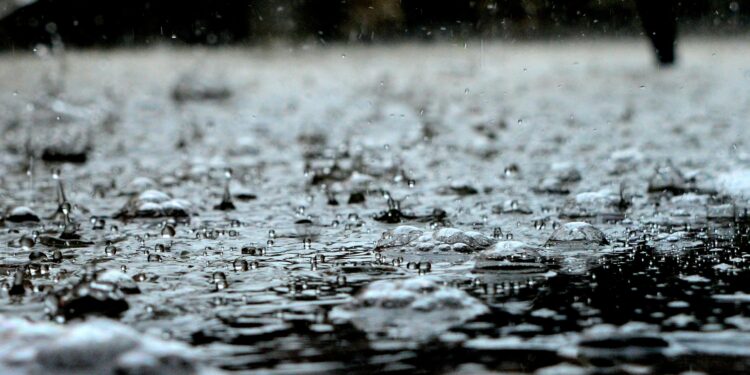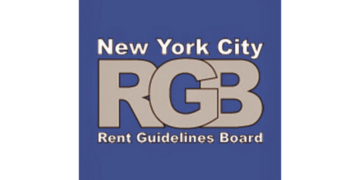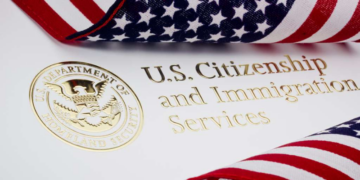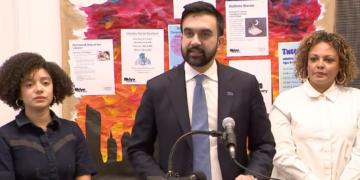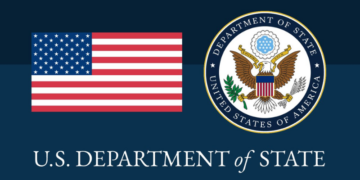On Monday, July 14th, heavy storms battered the East Coast, dumping record-breaking rainfall that triggered deadly flash floods and widespread transit disruptions across New York and New Jersey.
In New York City, over two inches of rain fell within a single hour, surpassing the stormwater system’s capacity and making it the city’s second-wettest hour on record. Flooding shut down subway stations, including 28th Street in Manhattan, and caused significant delays on the 1, 2, and 3 lines, with the M and R trains slowed in Queens.
The storm also forced closures on major roads like the Cross Bronx Expressway and Saw Mill River Parkway. Air travel was impacted, with delays reported at JFK, LaGuardia, and Newark airports.
New Jersey declared a state of emergency after cities including Plainfield, Somerville, and North Plainfield were inundated. In Plainfield, two people died when their car was swept into Cedar Brook. Emergency crews responded quickly but were unable to save the victims. Authorities are withholding their names pending notification of next of kin.
In a separate incident, a home in North Plainfield exploded around 11:30 p.m., likely storm-related, officials said. The family had evacuated safely before the blast, which destroyed the house.
Emergency crews rescued stranded drivers using construction equipment and private vehicles. Although floodwaters began to recede by early Tuesday, some areas remained submerged. More rain was expected later in the day, but forecasters said it would likely be less intense.



